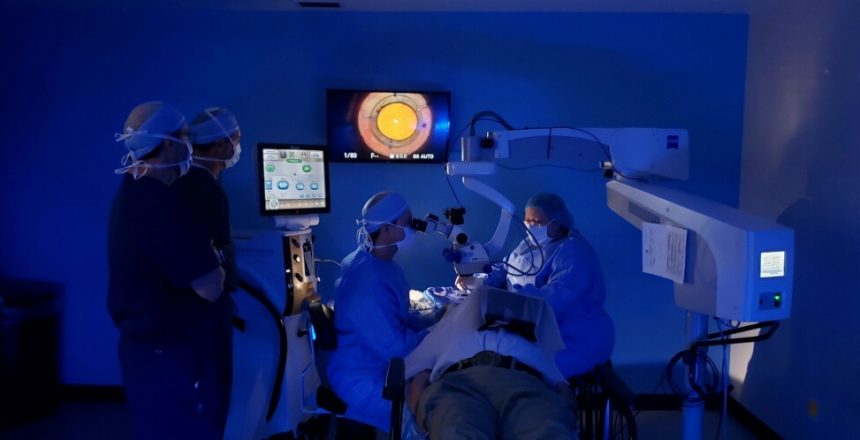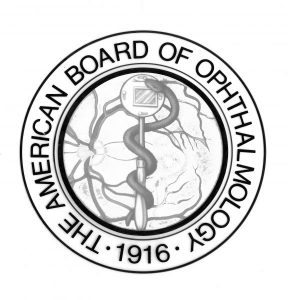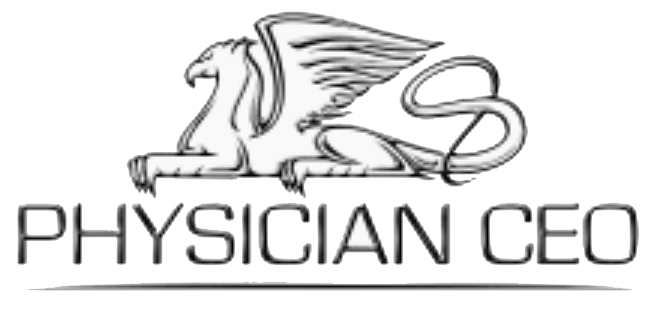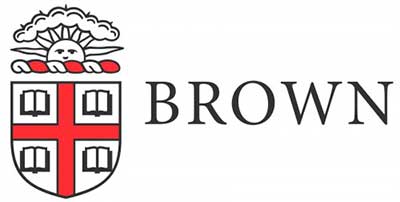In Office Cataract Surgery in Edgewater
Richard L. Lindstrom, MD, shares his predictions for what might be in store in the next decade.
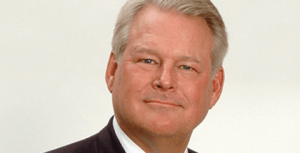 Richard L. Lindstrom, MD, is considered one of the visionaries in the field of cataract and refractive surgery. He is a pillar in both the practice of ophthalmology and industry of ophthalmology. That’s why I felt he was the best person to share his reflections and predictions on future direction in cataract surgery.
Richard L. Lindstrom, MD, is considered one of the visionaries in the field of cataract and refractive surgery. He is a pillar in both the practice of ophthalmology and industry of ophthalmology. That’s why I felt he was the best person to share his reflections and predictions on future direction in cataract surgery.
Recently, I sat down with Dr. Lindstrom to discuss presbyopia correction, femtosecond laser technology, increasing demand, reimbursement and more.
Kendall E. Donaldson, MD, MS: During the last 10-15 years, so much effort has been placed on overcoming presbyopia. We’ve seen a steady increase in new IOL technology with extended depth of focus IOLs, low-add multifocals, trifocals outside the U.S. (and soon to be here) and adjustable IOL technology in the pipeline. What do you believe is the future of presbyopia correction?
Richard L. Lindstrom, MD: I believe technology will continue to improve and surgeons will become more confident that they can generate an outcome that will make patients happy. I project growth, and, as a treatment for cataract, I believe that we’ll be able to get presbyopia correction into 25% or so of cataract surgeries as technology improves and as surgeons become more comfortable with the available options for presbyopia correction. I also think that as technology moves into the era of a truly accommodating IOL that can accommodate 3D or more, we’ll see a growth in clear lens extraction, also known as stage 1 dysfunctional lens syndrome (those patients suffering from very early systems of presbyopia). So I see growth both for the treatment of natural presbyopia prior to the development of Snellen visual acuity meaningful cataract.
KD: The market penetration of presbyopic IOLs is only around 8% right now in the United States. Do you attribute this entirely to lack of confidence in the technology?
RL: I think it’s multi factorial. Everyone’s been trying to figure out what’s the golden key. I think the golden key is just continuous, incremental improvement in technology, surgeon training and comfort so that we can start to hit refractive targets required on the first try in a high majority of patients.
The adjustable IOL will make enhancements easier. Only 20% to 25% of us are comfortable doing enhancements with corneal refractive surgery if we miss the target. So that’s certainly a barrier for many surgeons.
But there is a group of patients who are OK wearing glasses. There is a group of patients who find the extra cost excessive , so I think cost will always limit the market penetration. I beleive that if there were no additional fee and if presbyopia correction were reimbursed by insurance carriers, we probably would see most patients selecting presbyopia-correcting IOLs.
I think we will get a 20% to 25% increase in market penetration over the next decade and new technologies will keep coming, and I think that surgeons will get more and more comfortable.
KD: You also mentioned the possibility of cataract surgeries someday being preformed in an office setting – maybe even in the mall or during a person’s lunch hour. As practice patterns changes with the increased load on surgeons, do you see cataract surgery performed in that way?
RL: I think the office surgery trend is all about cost, and the regulatory burdens placed on hospitals or ambulatory surgery centers are meaningful. I don’t think the operating suite is any different in quality. I believe Kaiser operates in an office-based surgery center and that the quality of air exchange, cleanliness, everything is at the same level as it would be in a typical ASC or hospital OR. However, the regulatory oversight is lessened, which reduces costs.
As we are given that bucket of patients and a bucket of money, we’re going to be looking for ways to reduce costs (of course, while maintaining patient safety). It would be the unusual surgeon who was given a bucket of patients to take care of and a bucket of money that would choose to go to a hospital and pay $1,600 per case for the right to be able to do a cataract surgery vs. doing it in an ASC at $900 vs. perhaps doing it in an office for maybe $300 or $400. So, it is going to be an economic issue.
However, I would imagine that if you were the surgeon and you were blindfolded, when you suddenly had the blind- fold taken off in the operating room, you wouldn’t be able to tell whether you were in an actual ASC, hospital or office, right? The equipment would be equally good, the ancillary personnel would be equally good, the cleanliness would be equivalent, the air exchange would be equally good and you wouldn’t know where you were. It’s just going to have a different name on the door.
This Blog is from portions of an article from OPHTHALMOLOGY MANAGEMENT
Author Kendall E. Conaldson, MD, MS
For More information on In Office Cataract Surgery in Edgewater Florida, please contact the Precision Eye.

